How to Choose the Right Image Format for Your Design Projects
Choosing the correct image format is vital for delivering high-quality designs across both digital and printed mediums. Whether you’re building a fast-loading website or preparing artwork for large-scale print, understanding how image formats affect clarity, file size, and scalability can save you from common (and costly) mistakes. This guide outlines the most popular formats, including: JPEG, PNG, WebP, SVG, EPS, and AVI. So you can confidently select the best option for every project.
JPEG (.jpg)
Best for: Online photos, mockups, and previews. NOT recommended for print.
JPEG is widely used on the web thanks to its small file size and decent quality. However, it's a lossy format, meaning detail is permanently discarded. This makes it unsuitable for professional printing where precision is key.
Web: ✔ Efficient for photos
Print: ✘ Quality loss; not ideal for sharp prints
PNG (.png)
Best for: Transparent graphics, UI elements, and digital artwork. NOT scalable for print.
PNG supports transparency and offers lossless compression, which is ideal for digital use. However, it is not a vector format, meaning it doesn’t scale cleanly for large print formats.
Web: ✔ Great for logos and icons
Print: ✘ May appear pixelated if resized
SVG (.svg)
My favourite file ever! As a designer, I use SVG’s often, especially for logos, iconography, line graphics, as they are so crisp and perfect for scalability.
Best for: Logos, icons, and illustrations. Perfect for both web and print (when vector is required).
SVG is a vector format, which means it can scale to any size without losing quality. It’s ideal for logos, line art, and flat graphics, and it can be converted to print-friendly formats like EPS or PDF.
Web: ✔ Scalable, responsive
Print: ✔ Convert to EPS/PDF for use in print
EPS (.eps)
Best for: Print-ready vector artwork (logos, line art, illustrations).
EPS is a print industry standard for vector files and ensures your graphics maintain perfect clarity, regardless of size. Always use this for sending logos or graphics to a printer, NOT a PNG or JPG.
Web: ✘ Not used in browsers
Print: ✔ Professional standard for scaling
AI (.ai)
Best for: Editable vector artwork created in Adobe Illustrator.
The .ai format is the native file type for Adobe Illustrator, often used to create logos, illustrations, and other vector-based assets. These files retain full editability, making them perfect for handoffs between designers and printers. They can be exported to print-ready formats like PDF or EPS.
Web: ✘ Not supported natively in browsers
Print: ✔ Ideal for editable, scalable designs
Note: Always keep the original
.aifile for future edits or resizing
PDF (.pdf)
Best for: Print-ready artwork, proofs, and universal sharing.
PDFs are versatile and widely accepted by print shops. A well-prepared PDF can embed fonts, colours, and vectors—making it perfect for anything from flyers to business cards. Unlike raster formats, PDFs preserve quality at any size.
Web: ✔ Viewable in browsers but not ideal for inline images
Print: ✔ Industry standard for proofs and final artwork
Tip: Make sure it's saved in CMYK with bleed and crop marks for printing
WebP (.webp)
Best for: Modern web optimisation. NOT for print use.
WebP is a modern, web-only format that compresses images more efficiently than JPEG or PNG. While it’s great for websites, it has no place in print workflows.
Web: ✔ High compression + quality
Print: ✘ Not supported by print software
AVIF (.avif)
Best for: Advanced compression needs.
AVIF provides excellent compression, often outperforming WebP and JPEG. However, browser support is still growing.
Pros: High compression efficiency, supports HDR.
Cons: Limited browser support.
GIF (.gif)
Best for: Simple animations.
GIFs are suitable for basic animations but are limited to 256 colours, making them less ideal for high-quality images.
Pros: Supports animation, broad compatibility.
Cons: Limited colour range, larger file sizes.
Whether you're creating a fast-loading website or preparing artwork for high-resolution printing, using the right image format is key to maintaining quality and professionalism. While PNGs and JPEGs work well online, vector formats like AI, PDF, SVG, and EPS are essential for clean, crisp print results. Clients and creatives alike benefit when formats are chosen intentionally, reducing back-and-forth, avoiding blurry print jobs, and ensuring brand consistency across every medium.
Nav
xx
